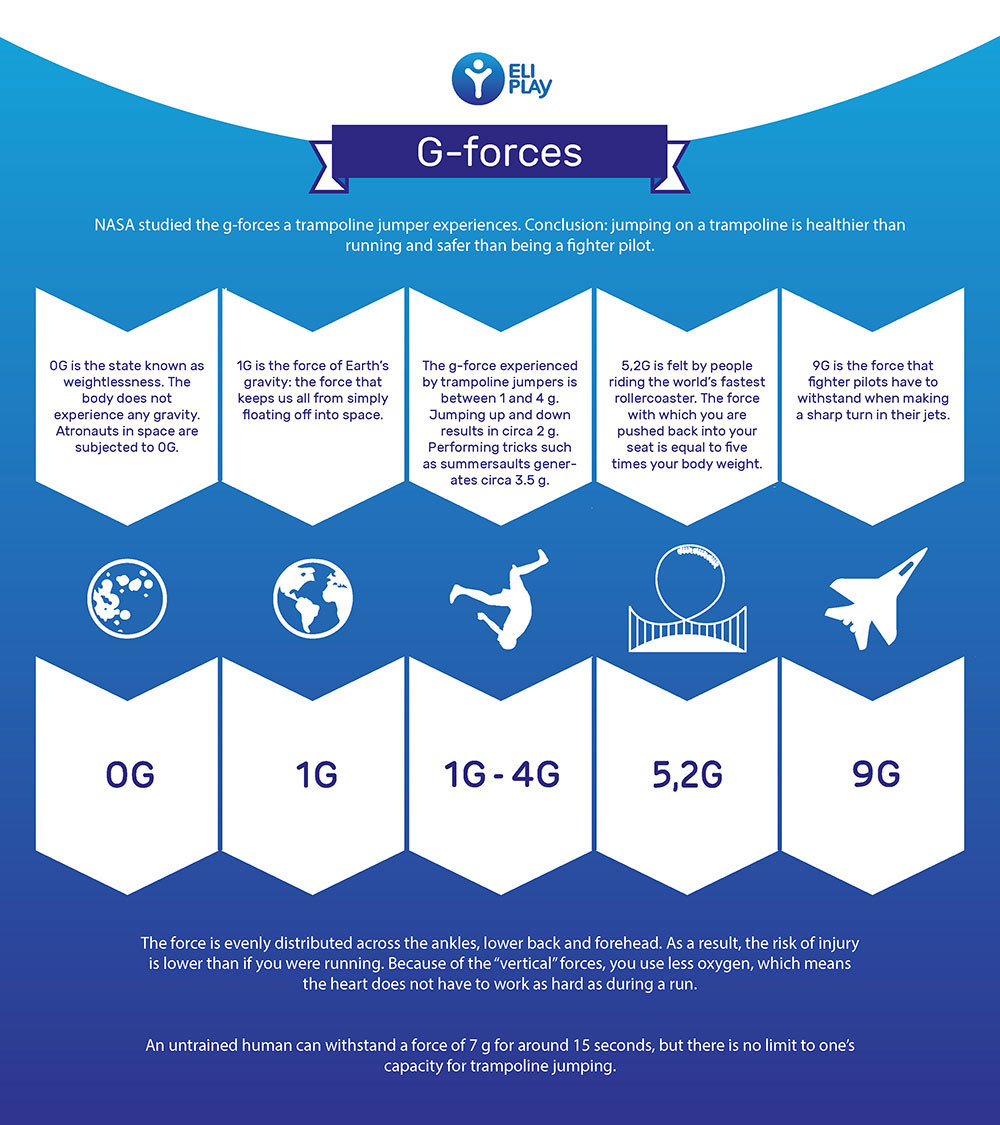
If the blood cannot flow, it cannot leave the brain. The goal of fighter pilots is to restigate the blood flow through their bodies by tensening every muscle during high- g maneuvers. You are no longer conscious if you have a blood vessel burst in your eyes with a blood pressure of 10 g or more.

When g’s reach 7 g’s, you sink further still as you climb up the seat. On lap 188 of the Chevy 500 at Texas Motor Speedway on October 12, 2003, Kenny Brck’s 214 g split-second deceleration is the highest g ever recorded after a 220 mph crash. When you reach 10 g, blood vessels in your eyes burst, and you lose consciousness. When you take a drug at 8 g or 9 g, your eyeballs swell, and the whites of your eyes turn gray. Kenny Bräck’s 214 G Split-second Deceleration Is The Highest G’s Ever Survived. Some pilots have even been known to withstand up to 9 g’s for a short time, but this is generally considered to be the upper limit of human tolerance. However, most pilots can withstand between 4 and 6 g’s for a brief period of time without experiencing any adverse effects. There is no definitive answer to this question because it depends on the individual pilot’s tolerance for g-force. During a dogfight, we will be able to see more clearly without passing out, and we will be able to prevent passing out as well. By combining special breathing and tensing our lower bodies, we can squeeze blood back into our heads. An Anti-G Straining Maneuver (AGSM) is a technique that combats G’s. G-monsters are people who have the most g tolerance. G-suits are used by pilots to push blood from their legs and toward the brain. There is a maximum vertical pull limit of 9 g’s for pilots, and they can take more if they don’t black out. In order to perform their duties, fighter pilots must be able to withstand ground attack g’s. The G-force: How Fighter Pilots Stay Conscious In A Dogfight By using these techniques, pilots are able to safely withstand the high g-forces experienced during flight and avoid any serious injury. There are a number of different techniques that pilots can use to help them survive g-forces, including tensing their muscles, holding their breath, and using counter-pressure garments.

#Does g force training hurt how to#
In order to survive the high g-forces experienced during flight, pilots must undergo special training that teaches them how to withstand the physical stresses of these conditions.

When pilots are aware of their aircraft’s limits, it is easier to avoid overloading. Because we are unaware of how to deal with negative g-forces in our everyday lives, it is the most difficult and uncomfortable experience. G-forces are classified into two types: positive and negative.

Military and aerobatic pilots have the ability to withstand up to 10 g of force with the right training and techniques as you get more experience, you will not experience as much g- force resistance as you do now. The pilots of military aircraft are constantly confronted with these threats. The g-forces can have a significant impact on the health of pilots. G-force meters are typically installed on aircraft in addition to their g-force sensors. To fly, an airplane requires an amount of force equal to its weight in order to fly upwards. We experience g forces as we drive in a car every time there is a change in direction and/or speed. By keeping their blood flowing and their muscles relaxed, pilots are able to withstand the high levels of g force that are exerted on their bodies.Īn object or person has G-force, which is the acceleration produced by gravity on Earth. This technique allows them to keep their blood flowing to their brains and other vital organs, while also keeping their muscles from tensing up. Pilots are able to withstand g force by using a technique called g-tolerance.


 0 kommentar(er)
0 kommentar(er)
